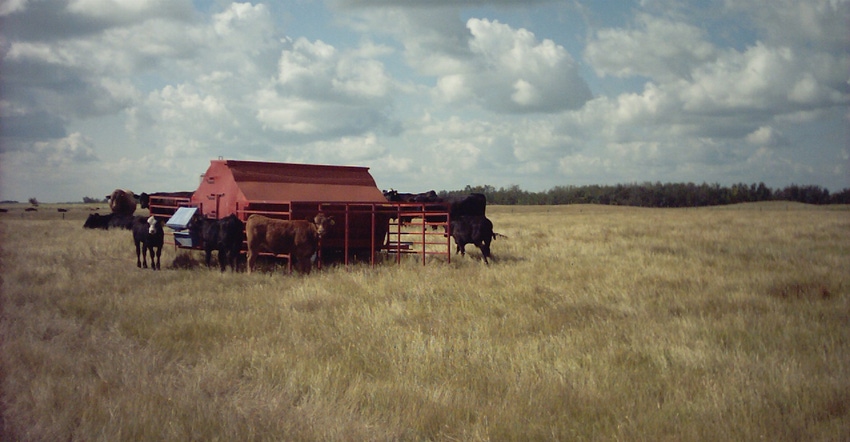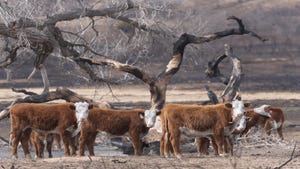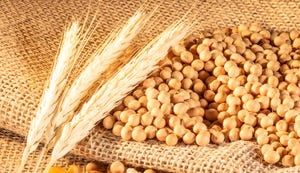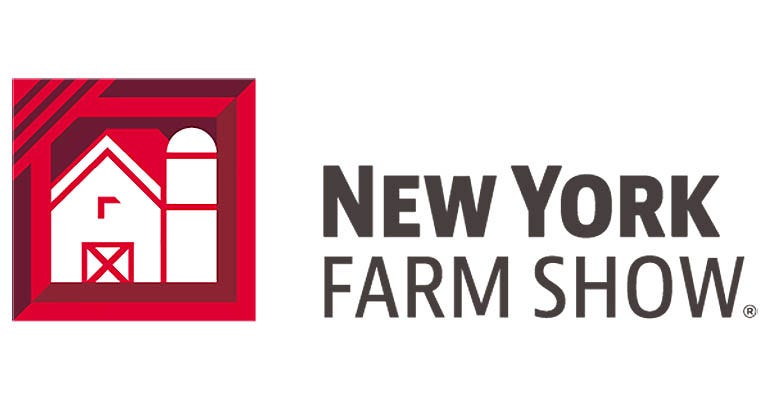July 1, 2018

Sponsored Content
Cow-calf producers often simply view creep feeding as a way to increase calf weaning weights beyond what can be produced with mother’s milk and available forage. However, the benefits of creep feeding can reach well beyond weaning weight and are summarized below:
Pre-weaning
Additional protein, vitamins and trace minerals enhance immunity and performance.
Higher energy intake at an early age can increase marbling and carcass quality grade.
In early weaning programs, young calves are prepared to start on feed more quickly.
When fence-line weaning, feeders serve as a nutrition base station to nourish calves.
Coccidiosis control can be provided in creep feed to promote health and weight gain.
Post-weaning
There is a more immediate transition to bunk feeding with less weaning shrink.
Early feed intake reduces weaning stress and improves health and weight gain.
Better nutrient status supports the immune system and vaccine response.
Heavier calf-feds can be first to market in spring and summer, saving feed and yardage costs.
Setting the stage for success.
A successful creep feeding program requires an understanding of factors affecting feed intake. Feed quality and quantity determine energy intake of young calves and is based on the nutritional theory that calves will select the most nutritious and easily digestible diet available.
When milk production and grass quality decline late in the season, intake will shift from forage to creep feed. Moderate-energy creep is now the most nutritious option to fill the calves’ hunger gap and fuel their increasing energy needs for growth. Creep feeding late-season requires more attention and management than was required in early to mid-summer. Calves’ appetites are growing at a time when their base ration of milk and grass are quickly disappearing.
It’s important to remember that creep is intended to supplement milk and grass, rather than to serve as a complete feed. Hungry calves naturally increase creep consumption when faced with declining milk and forage supplies. However, the sudden increase in energy intake can trigger an undesirable response from rumen bacteria. Rumen “bugs” that are accustomed to slowly fermented grass will break down creep feed at a faster rate. For calves, the shift from slowly digested forage fiber to an abundance of readily available energy in the rumen usually yields the same outcome: enhanced fermentation rate, increased ruminal acid and gas production, and potential digestive upset. This sequence of events is why it is strongly recommended to wean at the appropriate time and never run out of creep feed. This rule applies especially at the end of the grazing season, when intakes are highest. The risk of overeating is at its peak when the feeder is refilled, and hungry calves return to make up for lost meals.
It’s important to maintain your feeder:
Gates should be adjusted to encourage calves to work a little harder to obtain creep. Inserting the handles of a standard set of pliers between the feed gate and bottom of the feeder can serve to gauge the correct distance.
Keeping the opening to just a few inches will keep feed flowing while reducing accumulation of fines and spoiled feed.
Feeder troughs should be checked and cleaned out routinely and at greater frequency as the season progresses.
Using creep feed as a strategy to extend the grazing season past the point of optimum intake is an unnecessary risk to calf health and producer profit. Creep feeding coupled with good management will yield the most benefits both pre- and post-weaning.
You May Also Like




